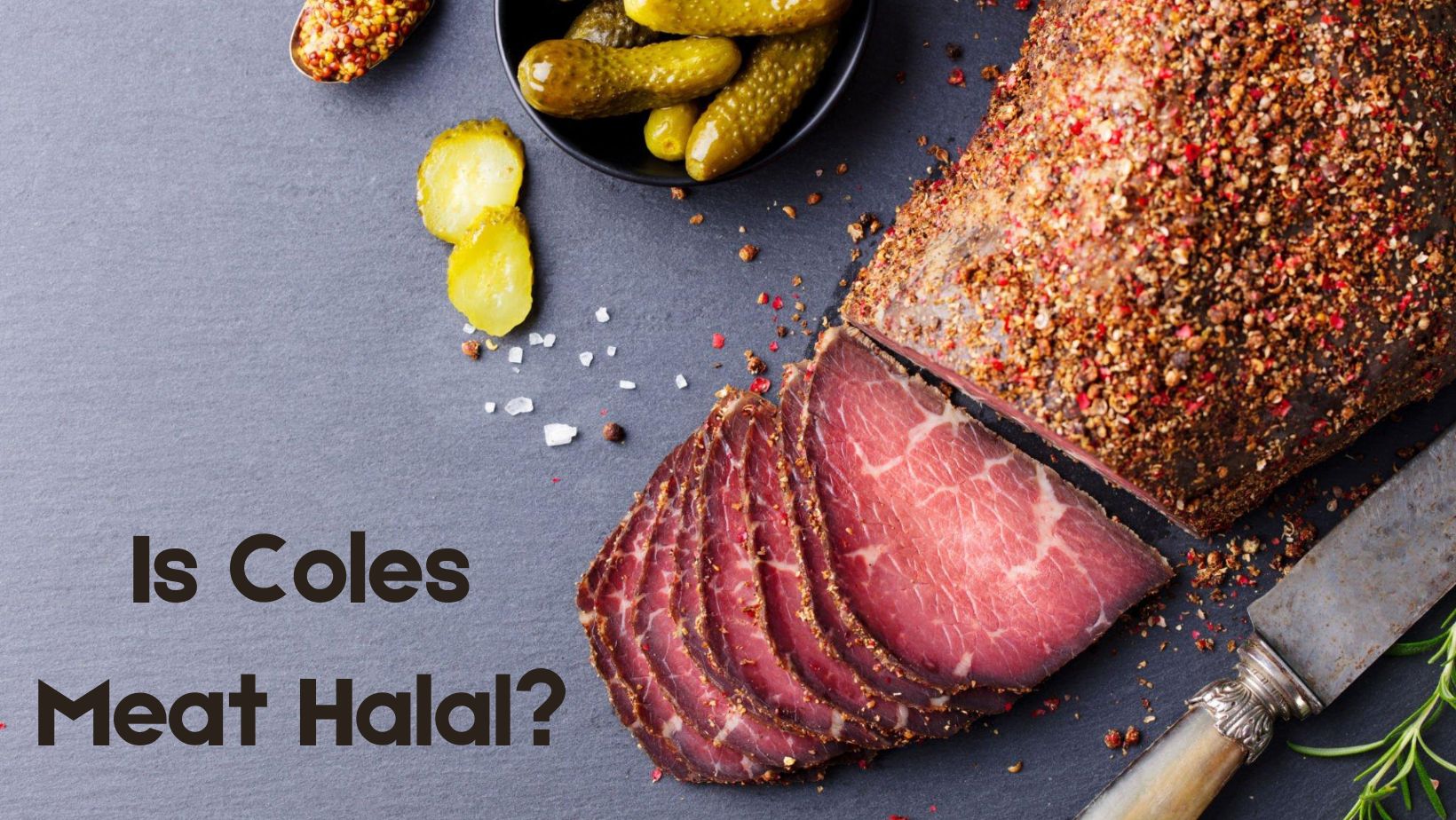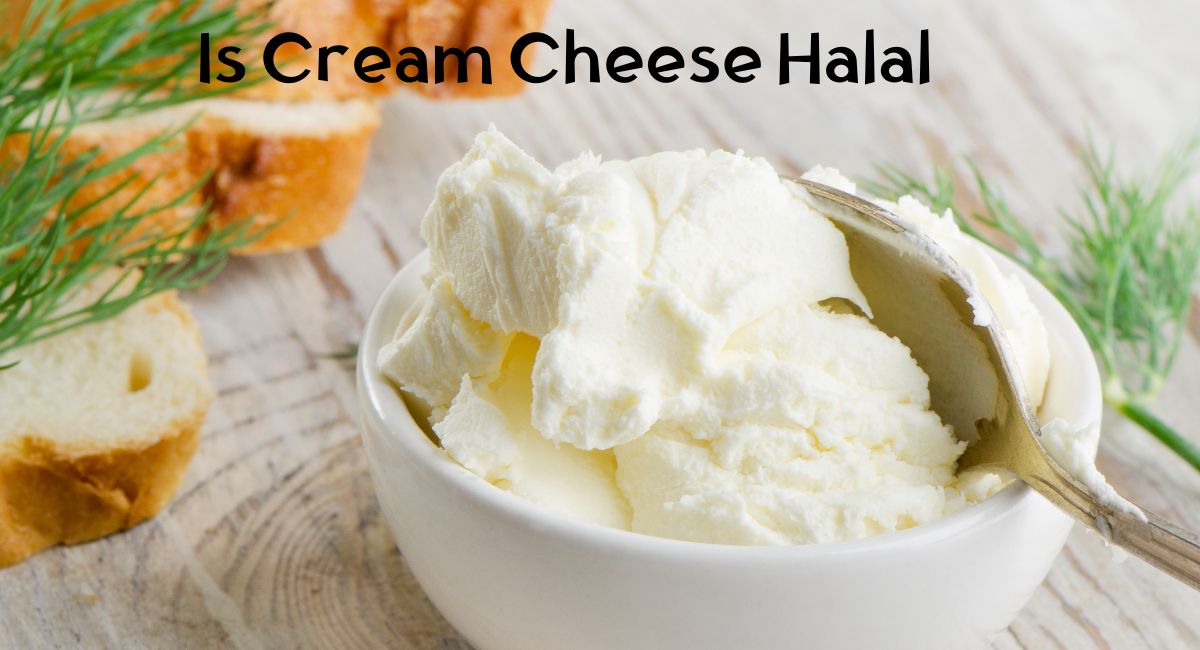Ricotta cheese is a beloved dairy product that plays a significant role in various cuisines around the world. However, for those who follow the Islamic dietary laws of Halal, there may be some questions and concerns about whether ricotta cheese can be considered permissible (Halal) for consumption.
In this article, we will delve into the intricacies of Ricotta cheese production, its ingredients, and the factors that determine whether it can be considered Halal.
We will also explore some common misconceptions and provide guidance to help individuals make informed choices when incorporating ricotta cheese into their Halal diets.
What is Ricotta Cheese
Ricotta cheese, with its creamy texture and mild, slightly sweet flavor, has a rich and fascinating history that spans centuries and various culinary traditions. This dairy product’s origins can be traced back to the Mediterranean region, where it has been a staple in Italian and Middle Eastern cuisines for generations.
The word “ricotta” itself comes from the Italian word “ricotta,” which means “recooked” or “reheated.” This name is quite fitting, as ricotta is traditionally made by reheating the whey leftover from cheese production. This practice dates back to ancient times, with historical references to ricotta-like cheeses appearing in texts from ancient Rome and Greece.
One of the earliest documented mentions of ricotta can be found in a Roman cookbook from the 1st century AD, known as “Apicius.” In these ancient recipes, ricotta was used as an ingredient in both savory and sweet dishes, showcasing its versatility even in antiquity.
Throughout the centuries, ricotta cheese continued to evolve and gain popularity in various regions. In Italy, it became a key ingredient in dishes like lasagna, cannoli, and stuffed pasta, solidifying its place in Italian cuisine. Meanwhile, in the Middle East, a similar cheese known as “labneh” or “lebne” was developed, which shares some similarities with ricotta in terms of texture and production methods.
Ricotta cheese also made its way to other parts of the world as explorers and traders introduced it to different cultures. In the United States, for example, Italian immigrants brought their ricotta-making traditions, leading to the incorporation of ricotta into American cuisine.
Today, ricotta cheese remains a beloved ingredient in a wide range of dishes, from savory to sweet, and it continues to be enjoyed by people around the globe. Its history is a testament to the enduring appeal of this creamy, versatile dairy product.
Ricotta Cheese Ingredients
Ricotta cheese is a dairy product known for its creamy texture and mild, slightly sweet flavor. The basic ingredients required to make traditional ricotta cheese include:
- Milk: Cow’s milk is the most commonly used type of milk for making ricotta cheese, but it can also be made from sheep’s milk or goat’s milk. The quality and fat content of the milk can affect the richness and creaminess of the ricotta.
- Acid: Ricotta cheese is typically made by curdling milk with an acid. The acid causes the proteins in the milk to coagulate and form curds. Common acids used in ricotta cheese production include citric acid, vinegar, or lemon juice.
- Salt: A small amount of salt is often added to the ricotta cheese for flavor. The amount of salt can vary depending on the recipe and personal preference.
These are the basic ingredients needed to make traditional ricotta cheese. The process involves heating the milk, adding the acid, and then straining the curds to separate them from the whey. The resulting curds are what make up the creamy texture of ricotta cheese.
It’s worth noting that some commercial ricotta cheese products may contain additional ingredients such as stabilizers, preservatives, or thickeners to extend shelf life or modify texture.
When purchasing ricotta cheese, especially if you have dietary restrictions or preferences, it’s a good idea to check the product label to understand the specific ingredients used by the manufacturer.
Homemade ricotta cheese can also be prepared with just the basic ingredients mentioned above, allowing for more control over the process and ingredient choices.
How is Ricotta Cheese Made
Ricotta cheese is made through a relatively simple process that involves curdling milk and separating the curds from the whey. Here is a basic overview of how ricotta cheese is traditionally made:
Whey Collection and Preheating: Whey is collected from various cheesemaking processes, typically from the production of hard cheeses like mozzarella, provolone, or cheddar. The whey is preheated to around 88-92°C (190-205°F) to facilitate the subsequent coagulation process.
Neutralization and Acidification: The preheated whey is neutralized using sodium hydroxide (NaOH) to adjust its pH to an optimal range of 6.9-7.1, which promotes protein coagulation. Citric acid or glucono-delta-lactone (GDL) is added to further acidify the whey, enhancing the coagulation process and influencing the texture and flavor of the ricotta.
Coagulation and Curd Formation: Rennet or acid coagulation is employed to induce the formation of curds from the protein-rich whey. Rennet, an enzyme derived from the stomach lining of calves, causes the milk proteins to coagulate. Acid coagulation, on the other hand, relies on lactic acid bacteria to lower the pH and induce curd formation. The coagulation time is carefully controlled to achieve the desired curd size and texture.
Separation of Curds and Whey: The coagulated whey is gently stirred to separate the curds from the whey. This process utilizes mechanical separators or continuous centrifuges to optimize separation efficiency.
Curd Cooking and Draining: The separated curds are cooked gently over low heat to expel excess whey and further firm the curds. The cooking temperature and time are crucial for achieving the desired texture and consistency of the ricotta. The curds are then drained to remove any remaining whey, typically using cheesecloth or other fine-mesh sieves. This step helps shape the curds and control the moisture content of the ricotta.
Salting and Packaging: Salt is added to the drained ricotta to enhance flavor and preserve the cheese. The amount of salt can vary depending on the desired flavor profile and the type of ricotta being produced. The salted ricotta is then packaged in containers or bags, ensuring proper sealing to maintain freshness. Commercial ricotta is often pasteurized to further extend its shelf life.
Quality Control and Grading: Ricotta undergoes rigorous quality control checks to ensure its safety, consistency, and adherence to regulatory standards. This may involve testing for pH, moisture content, protein content, and microbial contamination. Ricotta is graded based on its texture, color, flavor, and overall quality. Higher grades indicate superior quality and may command a higher market value.
Types of Ricotta Cheese
Ricotta cheese comes in various types and styles, each with its own unique characteristics and culinary uses. Here are some of the common types of ricotta cheese:
- Whole Milk Ricotta: This is the most traditional and common type of ricotta cheese. It is made from whole cow’s milk and has a rich, creamy texture with a slightly sweet flavor. Whole milk ricotta is versatile and can be used in both savory and sweet dishes.
- Part-Skim Ricotta: Part-skim ricotta is made with partially skimmed cow’s milk, which reduces its fat content compared to whole milk ricotta. It has a slightly lighter texture and flavor but is still creamy. It is often used in recipes where a lower fat content is desired.
- Sheep’s Milk Ricotta: Ricotta can also be made from sheep’s milk, and it has a distinct flavor compared to cow’s milk ricotta. Sheep’s milk ricotta tends to be richer and creamier, with a slightly tangy taste. It is used in Mediterranean and Middle Eastern cuisines.
- Goat’s Milk Ricotta: Similar to sheep’s milk ricotta, goat’s milk ricotta is made from goat’s milk. It has a unique and tangy flavor profile that sets it apart from cow’s milk ricotta. It is used in various dishes, particularly in Mediterranean and North African cuisines.
- Whey Ricotta: This type of ricotta is made from the whey leftover from cheese production, typically from making other cheeses like mozzarella or provolone. It is a byproduct of cheese production and is sometimes referred to as “ricotta di siero.” Whey ricotta has a slightly grainier texture than traditional ricotta and a milder flavor.
- Homemade Ricotta: Many people make ricotta cheese at home using simple ingredients like milk and acid (lemon juice or vinegar). Homemade ricotta allows for customization and experimentation with flavors and textures.
- Ricotta Salata: Ricotta salata is a variation of ricotta that has been salted and aged. It is a firm, crumbly cheese with a salty and slightly nutty flavor. Ricotta salata is often grated or shaved over salads and pasta dishes.
- Smoked Ricotta: Smoked ricotta is infused with smoky flavors by exposing it to smoke during the production process. This imparts a subtle smokiness to the cheese, making it a unique addition to salads and appetizers.
- Herbed Ricotta: Herbed ricotta is simply ricotta cheese that has been blended or mixed with herbs and spices, such as basil, parsley, or chives. It adds a burst of flavor to dishes like stuffed pasta and spreads for crackers or bread.
These are some of the common types of ricotta cheese available, and they can be used in a wide range of culinary applications, from pasta dishes and lasagna to desserts and appetizers, depending on their characteristics and flavor profiles.
Is Ricotta Cheese Halal
While the base ingredients of ricotta, milk, acid and whey, are inherently halal, the production process and additional ingredients can influence its halal status.
Traditional ricotta cheese is produced by gently heating whey, a byproduct of cheesemaking, to a specific temperature, causing the proteins to coagulate and form curds. These curds are then strained to separate the ricotta from the remaining whey. This traditional method does not involve any non-halal ingredients or processes, making the resulting ricotta cheese halal.
However, modern ricotta production may involve additional steps and ingredients that raise halal concerns. These include:
- Rennet: Rennet, an enzyme traditionally derived from the stomach linings of slaughtered animals, is commonly used to coagulate milk in cheesemaking. If the rennet is sourced from animals that have not been slaughtered according to halal guidelines, the resulting ricotta cheese would not be considered halal.
- Microbial Rennet: To address the halal concerns surrounding animal-derived rennet, many manufacturers now use microbial rennet, produced through fermentation of microorganisms. Microbial rennet is considered halal, as it does not involve any animal products or processes.
- Additives: Some ricotta cheese products may contain additional additives, such as preservatives, stabilizers, or flavorings. It is crucial to carefully scrutinize the ingredient list to ensure that none of these additives are derived from non-halal sources, such as alcohol or animal-derived ingredients.
To ensure the halal status of ricotta cheese, consumers should seek products that bear halal certification from a reputable halal certification body. These certifications provide assurance that the product has been produced in accordance with Islamic dietary guidelines.
Additionally, consumers should proactively check the ingredient list of ricotta cheese products to identify any potential non-halal ingredients. If there are any doubts or uncertainties regarding the halal status of a product, it is advisable to err on the side of caution and avoid consumption.
Here’s a list of halal ricotta cheese products according to Halalharam.org.
| Brand | Product Name | Status |
|---|---|---|
| Zinal | Ricotta Cheese | Halal |
| Waldbaum | Whole Milk Ricotta Cheese | Halal |
| Waldbaum | Part Skim Ricotta Cheese | Halal |
| Sorrento | Ricotta Cheese | Halal |
| Ridge View | Ricotta Cheese | Halal |
| Precious | Ricotta Cheese | Halal |
| Polly-O | Whole Milk Ricotta Cheese | Halal |
| Polly-O | No Salt Whole Milk Ricotta Cheese | Halal |
| Polly-O | No Salt Part Skim Ricotta Cheese | Halal |
| Polly-O | Part Skim Ricotta Cheese | Halal |
| Polly-O | Lite Reduced Fat Ricotta Cheese | Halal |
| Pathmark | Ricotta Cheese | Halal |
| Pathmark | Whole Milk Ricotta Cheese | Halal |
| Pathmark | Part Skim Ricotta | Halal |
| Keyfood | Ricotta Cheese | Halal |
| Keyfood | Whole Milk Ricotta Cheese | Halal |
| Keyfood | Part Skim Ricotta Cheese | Halal |
| Finast | Ricotta Cheese | Halal |
| Finast | Whole Milk Ricotta Cheese | Halal |
| Finast | Low Fat Ricotta Cheese | Halal |
| Finast | Part Skim Ricotta Cheese | Halal |
| Breakstone’s | Ricotta Cheese | Halal |
| Axelrod | Ricotta Cheese | Halal |






